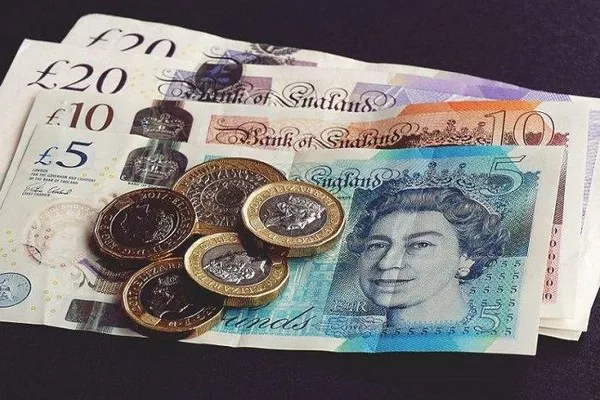The exchange rate of a currency pair represents the value of one currency in terms of another. In the case of the British Pound (GBP) and Indian Rupee (INR), the exchange rate refers to how many Indian Rupees are required to purchase one British Pound. As of May 29th, 2023, the British Pound to Indian Rupee exchange rate is approximately 93.85 INR for one GBP.
Historical Overview
Over the years, the British Pound to Indian Rupee exchange rate has undergone significant fluctuations. In 1947, India gained independence from British colonial rule, leading to the creation of the Indian Rupee as its official currency. At that time, the exchange rate was fixed at 13 INR per British Pound. In the decades that followed, various socio-economic and political factors influenced the exchange rate between the two currencies.
In 1991, India implemented economic reforms that led to more balanced trade relations with other countries, including the UK. However, due to market forces, the INR still experienced volatility against the GBP. The average exchange rate in the 1990s was around 50-55 INR per GBP. By the early 2000s, the INR had weakened significantly against the GBP, reaching an all-time low of around 100 INR per GBP in 2013.
Factors Affecting the Exchange Rate
Several factors influence the British Pound to Indian Rupee exchange rate, including:
-
Economic indicators:
The performance of the UK and Indian economies can impact their respective currencies’ exchange rates. For instance, if the UK economy is strong, it may lead to an increase in demand for the GBP, causing its value to rise relative to the INR.
-
Political events:
Political instability or uncertainty in either country can also affect the exchange rate. The Brexit referendum, for example, had a significant impact on the GBP’s value against other currencies.
-
Interest rates:
The interest rate differential between the UK and India can also affect the exchange rate. If the UK’s interest rates are higher than those of India, investors may prefer to hold GBP-denominated assets, leading to increased demand for the currency.
-
Trade relations:
Changes in trade policies, exports, and imports between the UK and India can also impact their respective currencies’ exchange rates.
Future Outlook
The future outlook for the British Pound to Indian Rupee exchange rate is uncertain, given the unpredictable nature of global markets. However, several factors could influence the exchange rate in the coming years.
-
Brexit:
The UK’s exit from the European Union has already had a significant impact on its economy and currency. As the UK establishes new trade relationships with countries like India, it remains to be seen how this will affect the GBP’s value relative to the INR.
-
COVID-19:
The ongoing COVID-19 pandemic has caused significant disruptions to global economies, including those of the UK and India. The long-term economic impact of the pandemic on both countries could potentially influence their respective currencies’ exchange rates.
-
Political Developments:
Any significant political developments in either country could also affect the exchange rate. For instance, changes in government policies or leadership could have an impact on investor sentiment towards the country’s economy and currency.
Conclusion
In conclusion, the British Pound to Indian Rupee exchange rate is subject to various factors that can influence its value. While historical trends and current economic conditions provide some insight into potential fluctuations, it is challenging to predict the exchange rate’s future movements accurately. As such, individuals or businesses looking to engage in foreign exchange transactions must stay informed about the latest developments that could impact the GBP-INR exchange rate.


